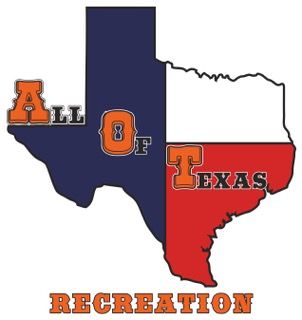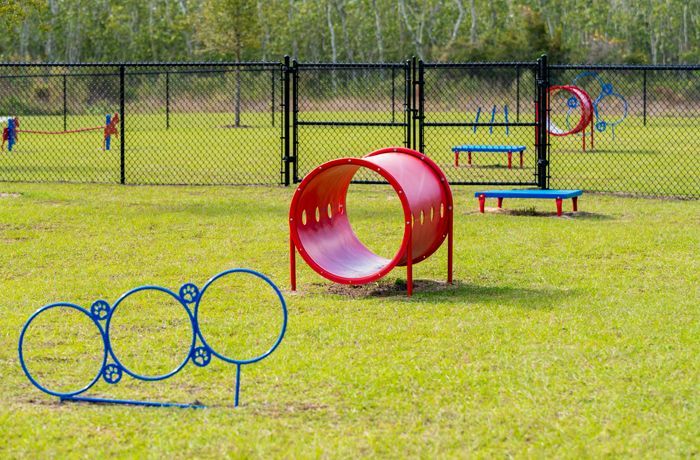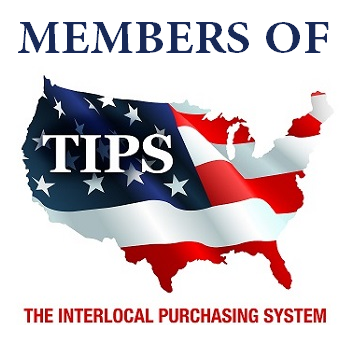How Often Should Playground Equipment Be Inspected? A Practical Safety Guide
Playground equipment should be inspected regularly—ranging from daily visual checks to annual detailed evaluations—to keep children safe and prevent injuries. Regular inspections catch hazards early, ensure equipment functions properly, and help maintain compliance with safety standards. With over 200,000 playground-related injuries treated yearly in U.S. emergency rooms, knowing how often and what type of inspections to perform is vital.
Keep reading to learn the recommended inspection frequencies, key areas to check, and best practices to maintain a safe play environment.
Types of Playground Equipment Inspections
Routine (Visual) Inspections
Performed daily or weekly, these quick checks look for obvious hazards such as broken parts, trash, or vandalism. They are usually done by school staff, playground supervisors, or maintenance teams to catch immediate problems early.
Operational (Functional) Inspections
Done monthly, these inspections focus on how equipment functions. Inspectors check moving parts like swing chains and slides to ensure everything is secure and working as intended.
Comprehensive (Detailed) Inspections
Conducted annually or biannually by certified professionals, these thorough evaluations examine structural integrity, surfacing materials, and compliance with safety standards such as ASTM and CPSC. These inspections typically produce detailed reports with recommendations.
Recommended Inspection Frequency
- Daily/Weekly: Visual checks for visible damage or hazards
- Monthly: Functional testing of equipment and wear assessment
- Annually/Biannually: Detailed inspections by certified experts
Maintaining a regular inspection schedule and documenting each check helps identify recurring problems and supports safety accountability.
Factors Affecting Inspection Frequency
Several factors influence how often inspections should occur:
- Playground Type: Public parks often need more frequent checks than private or residential areas.
- Usage Level and Age Group: Equipment used heavily or by younger children requires closer monitoring.
- Environmental Conditions: Harsh weather like rain or snow can accelerate wear.
- Age and Material: Older or wooden structures need more attention.
- Safety Standards: Compliance with ASTM or CPSC may require specific inspection routines.
Key Areas to Inspect
To ensure thorough inspections, focus on:
- Structural Elements: Check posts, frames, and beams for stability and damage.
- Fasteners and Connectors: Make sure bolts and screws are tight and not protruding.
- Surfacing and Fall Zones: Confirm proper depth and even distribution of mulch, rubber, or sand.
- Moving Parts: Swings, slides, and see-saws should operate smoothly without unusual noises.
- Signs of Wear or Corrosion: Look for rust, splinters, or worn edges.
- Potential Hazards: Identify and fix entrapment spaces, sharp edges, or pinch points.
Maintenance Between Inspections
Regular maintenance complements inspections. Prompt repairs, surface leveling, and keeping the area clean reduce risks. Monitoring for misuse or vandalism also helps maintain safety.
Legal and Liability Considerations
Playground owners have a responsibility to keep equipment safe. Skipping inspections or delaying repairs can lead to liability if injuries occur. Keeping detailed records of inspections and maintenance demonstrates due diligence and can offer legal protection.
Choosing a Certified Playground Inspector
When hiring for comprehensive inspections, consider:
- CPSI Certification: Certified Playground Safety Inspectors understand safety standards and hazard detection.
- References and Reports: Review their past work and how issues were addressed.
- Cost vs. Risk: Professional inspections may seem costly but are a wise investment compared to injury claims.
For equipment design, installation, and ongoing support in Texas, companies such as AOT Recreation offer expert services that help maintain playground safety from the ground up.
Best Practices for Year-Round Playground Safety
- Inspect regularly using daily, monthly, and annual checks.
- Document all inspections and repairs.
- Address hazards immediately.
- ·Use certified inspectors for detailed evaluations.
For further guidance, consult resources like the CPSC Public Playground Safety Handbook and ASTM F1487.
Frequently Asked Questions
Are there legal inspection requirements?
Many areas follow CPSC or ASTM guidelines. Check local regulations to ensure compliance.



